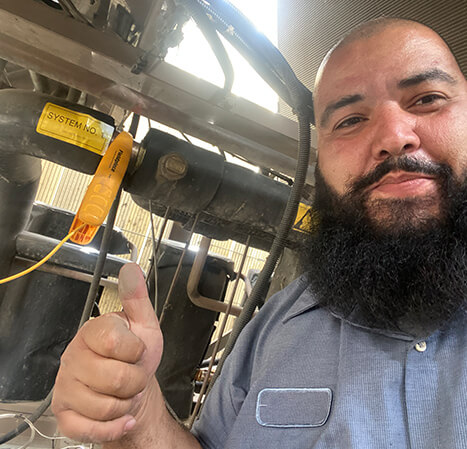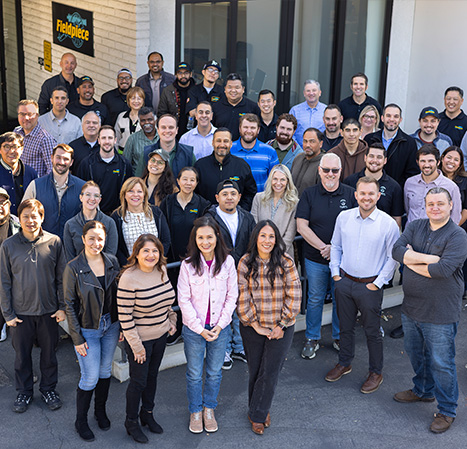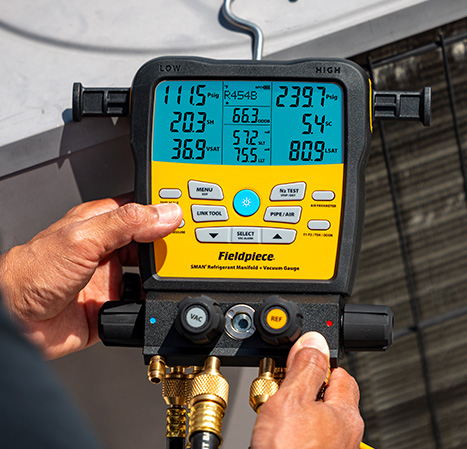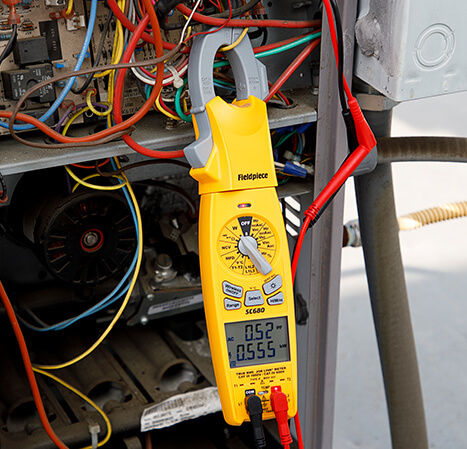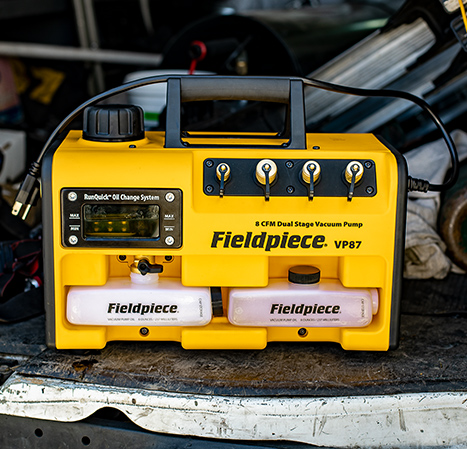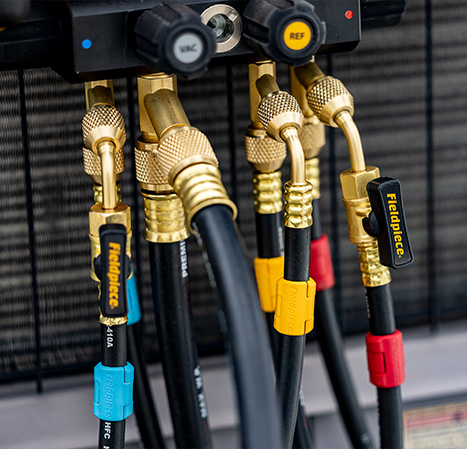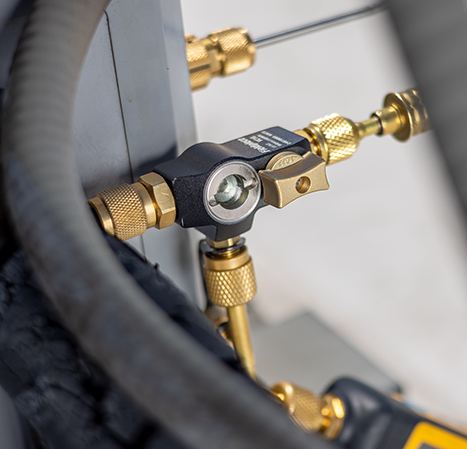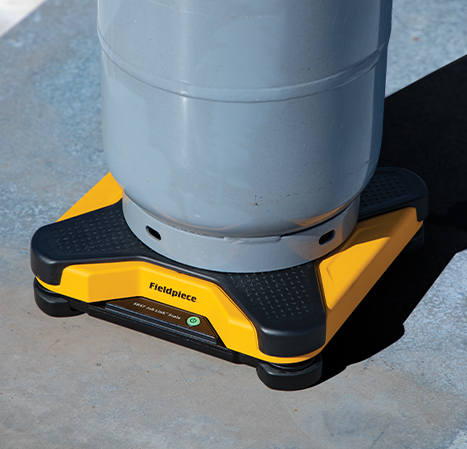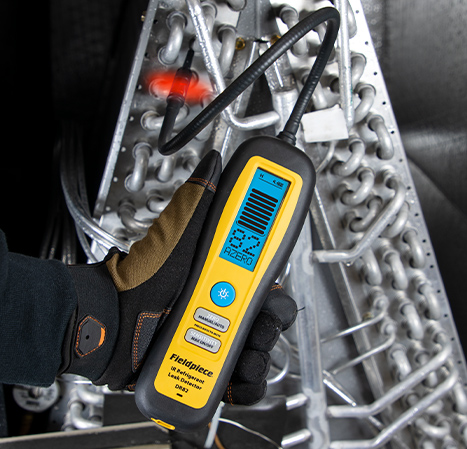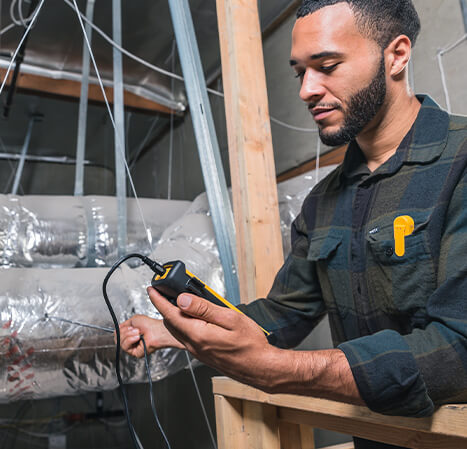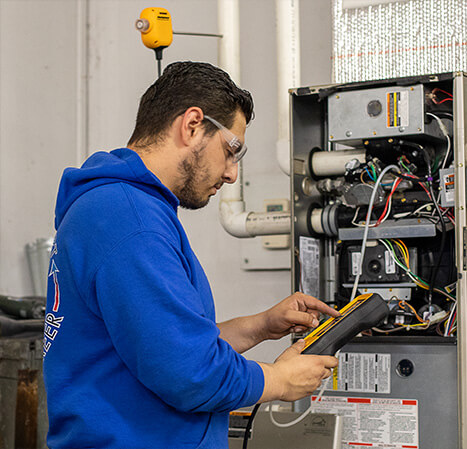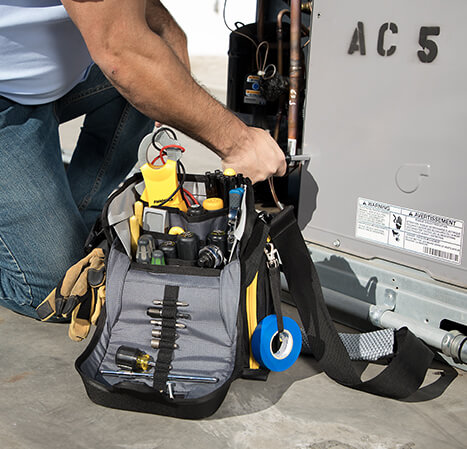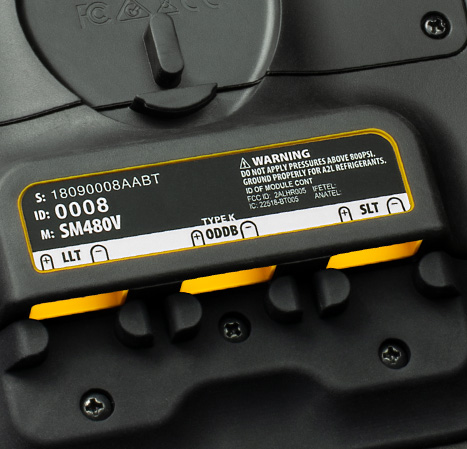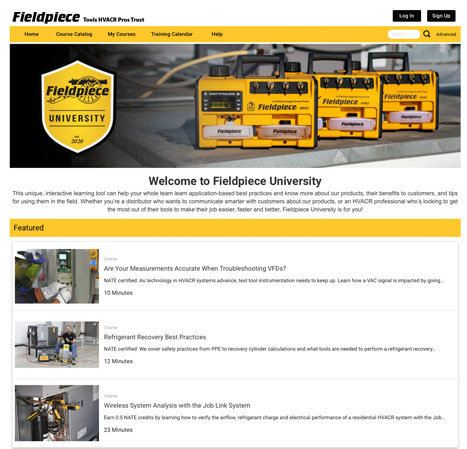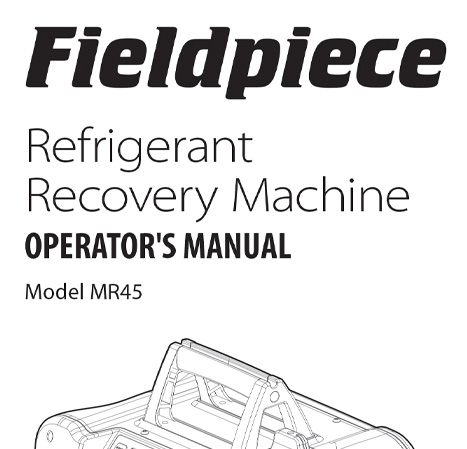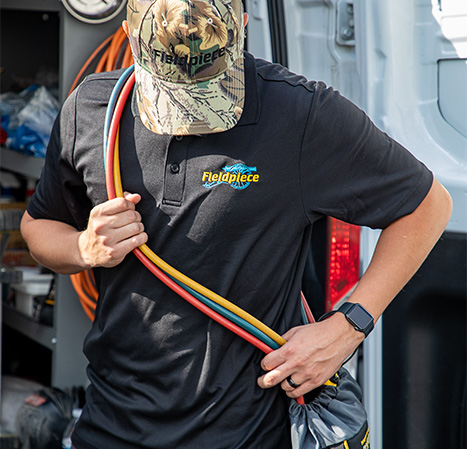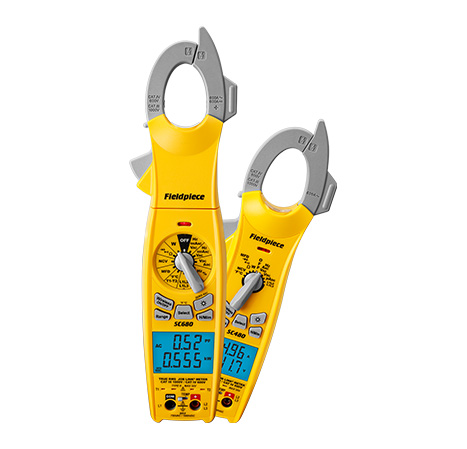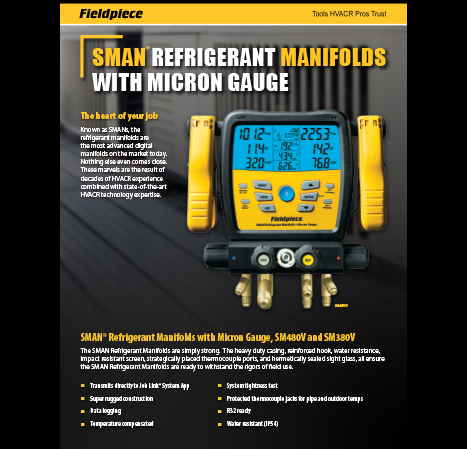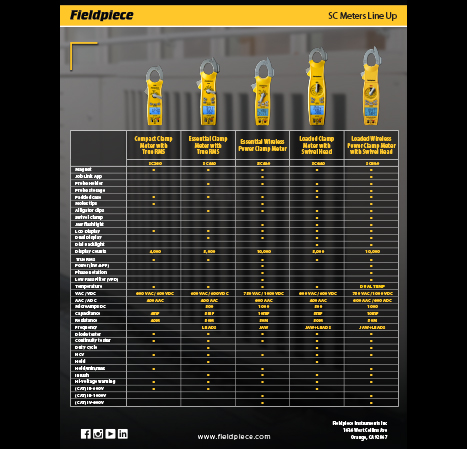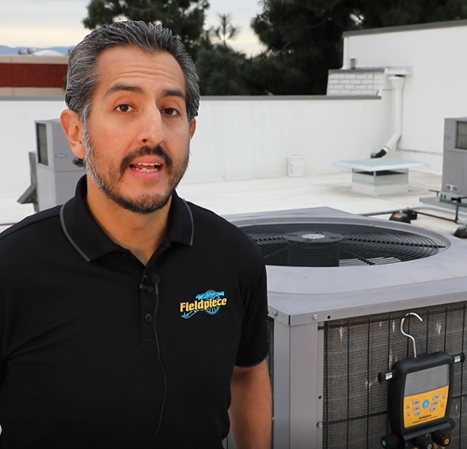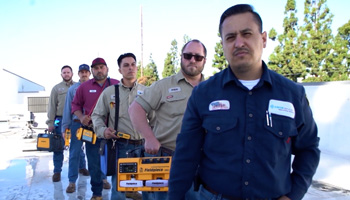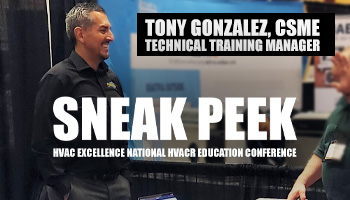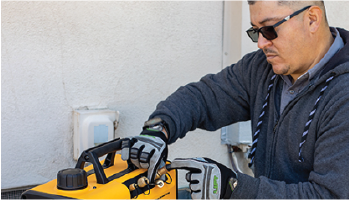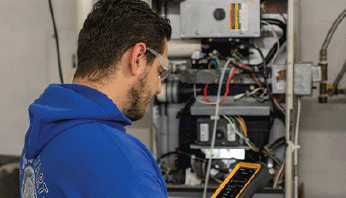A combustion analyzer is a must-have tool for many HVAC professionals, especially those working in colder climates. It helps uncover issues that could lead to dangerous conditions, such as high levels of carbon monoxide.
You should look for six key features to ensure you get the most out of your combustion analyzer. This article details these features and why they are essential for HVAC professionals.
What Is a Combustion Analyzer?
A furnace uses the process of combustion to generate heat. Combustion occurs when oxygen, a fuel and a heat source are combined. In a natural gas furnace, the oxygen is provided by ambient air, the fuel is natural gas, and the heat source traditionally is a pilot light or a hot surface igniter. The right balance of these three elements will yield the most effective combustion.
Combustion analyzers help measure the safety and efficiency of heating appliances. Combustion analyzers complete this task by measuring the oxygen (O2), carbon monoxide (CO) and heat produced in the combustion. With this information, technicians diagnose potential problems and determine whether necessary adjustments or repairs are needed.
- Long-Lasting Sensors
Combustion analyzers typically have sensors to measure oxygen (O2) and carbon monoxide (CO). These sensors are tricky to maintain because they degrade by simply being exposed to the air. Meaning that whether the combustion analyzer is in use or not, the O2 and CO sensors are degrading over time. This leads to most sensors having to be replaced every year or two, which is expensive and increases the cost of ownership of the tool. Look for a combustion analyzer with technology that manages this sensor degradation better.
A combustion analyzer’s sensors are vital in diagnosing and maintaining HVAC heating appliances. These sensors must be in good working order to ensure accurate results. Replacing faulty sensors is a costly endeavor which is why investing in a combustion analyzer with long-lasting sensors is vital.
Fieldpiece has patent-pending SensorVault™ technology that seals the O2 and CO sensors from exposure to air when the tool is powered off, thus prolonging the life of the sensors and lowering the overall cost of ownership. The Fieldpiece sensors are guaranteed to last for 4-years.
- Field Replaceable Sensors
Eventually, all oxygen and carbon monoxide sensors will need to be replaced and/or sent for calibration. This leads to downtime if the entire tool needs to be sent in.
Look for a combustion analyzer that has field-replaceable sensors to ensure little to no downtime when sensor replacement or calibration is needed.
The Fieldpiece combustion analyzers with field replaceable sensors include the CAT85 and CAT45 models. They allow technicians to swap out a bad sensor and get back to their job seamlessly. Plus, for calibration services, only the sensors need to be sent in. By having a backup pair of sensors on-hand, the combustion analyzer is ready to go.
- Water Trap Maintenance
Typical combustion analyzers have a water trap to condense and collect water vapor from the flue to prevent exposure to sensors. When the water trap fills up, the technician needs to remember to empty it or risk unreliable combustion readings or even potential damage to the tool. Plus, in colder climates a water trap filled with water can freeze in the truck overnight and crack the water trap. The best combustion analyzers protect the sensors from moisture with little to no water trap maintenance.
For example, the Fieldpiece CAT85 combustion analyzer features a patent-pending HydroCycle™ pump which condenses the water vapor and ejects it back into the flue pipe from where it came. Thus, it eliminates the need for a water trap all together.
- Live Draft Pressure
Harmful and often poisonous gasses are expelled outside by way of the exhaust flue pipe. In order to ensure that these unwanted gasses are flowing in the right direction the draft pressure in the flue should be measured. Most combustion analyzers will measure this draft pressure; however, typically it takes two separate tests to test for draft pressure and for proper combustion. Save some time by looking for a combustion analyzer that measures both draft and combustion at the same time.
The Fieldpiece combustion analyzer CAT85 measures a live draft pressure while simultaneously performing a combustion analysis. This not only saves time on the job, but uncovers any effects to the draft caused by adjustments made to the system or commonly vented appliances like a water heater.
- Dual Port Manometer
Checking for sufficient airflow through the furnace and verifying proper gas pressures at the gas regulator are essential for optimal system performance. A dual port manometer tool measures static pressures in the air handler to check for excessive airflow restrictions and measures gas pressures at the regulator. Typically, this is a separate tool the technician needs to carry to the job site.
The Fieldpiece combustion analyzer CAT85 has a built-in dual port manometer to streamline testing static pressures and dialing in the correct gas pressures at the regulator. Plus, it’s one less tool that needs to be carried to the job site.
- Ease of Use
When it comes to combustion analyzers, ease of use is essential. A combustion analyzer HVAC professionals can trust should be easy to set up and operate. It should have a large and easy-to-read display so technicians can diagnose issues with HVAC systems with speed and accuracy.
Additionally, apps help organize information for the technician and the customer. The Job Link® System App from Fieldpiece is an excellent example of how these apps can help streamline the job.
This app allows technicians to create, store and share combustion test results. These features make it easier than ever to provide customers with detailed reports. They also help you organize and pull up your data at later trips to the same customer.
Fieldpiece Combustion Analyzer Near Me
Finding a combustion analyzer with all these features may seem impossible. That is until you find out that Fieldpiece combustion analyzers provide all six necessary points and more.
Take advantage of HydroCycle™ pump and SensortVault™ technology while using our Job Link app with the CAT85 and CAT45 Fieldpiece Combustion Analyzers. Both models come with four-year sensor life warranty to lower the overall cost of ownership.
Find a Fieldpiece retailer near you to get the best HVAC combustion analyzer available!
 English
English French
French Spanish
Spanish

